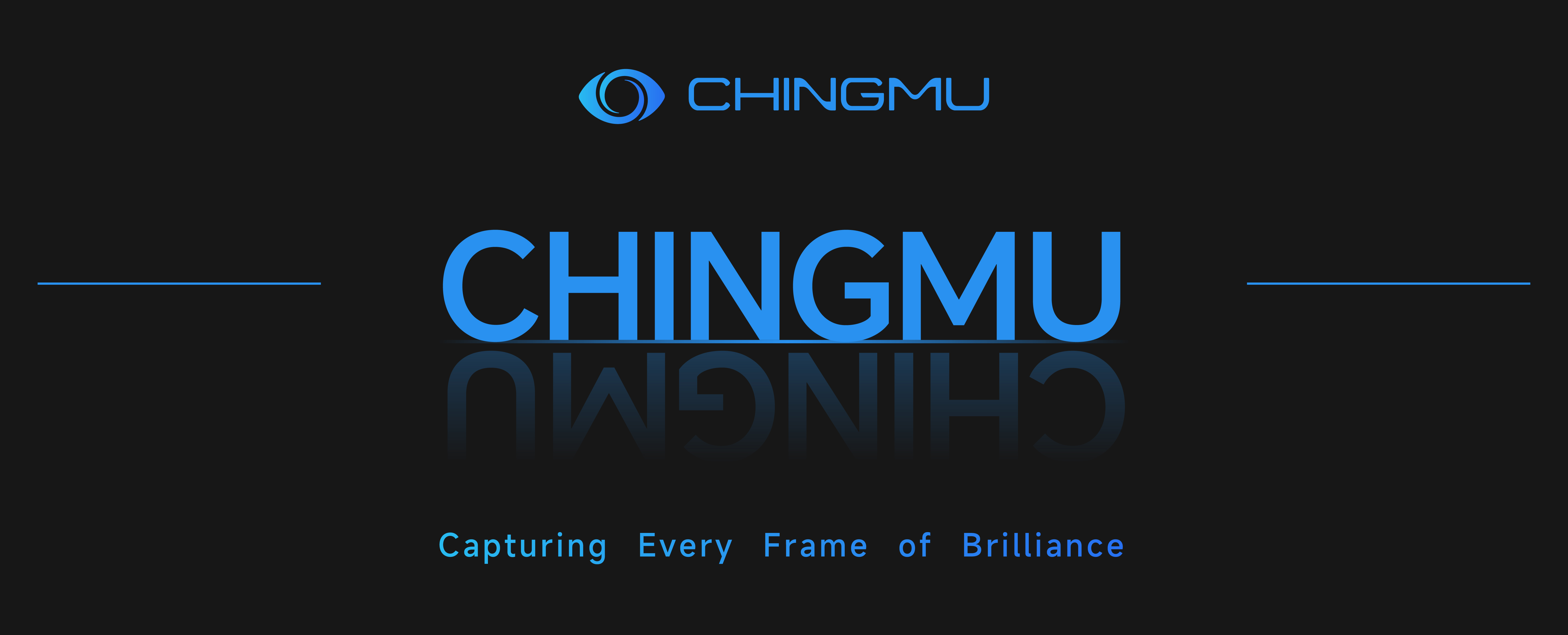
 CN / EN
CN / EN
A Multi-Field Powerhouse: Understanding Motion Capture Technology in Three Minutes


Motion capture (MoCap) technology, as a bridge connecting the real and virtual worlds, has shone in various fields in recent years, including film, gaming, and virtual reality (VR). Iconic movies such as Avatar, Pirates of the Caribbean, Rise of the Planet of the Apes, and Alita: Battle Angel, as well as the recent hit Chinese 3A game Black Myth: Wukong, all owe much of their visual success to the power of motion capture technology.

1. What is Motion Capture?
Motion capture (MoCap) is a technology used to record and process the movements of humans or other objects and generate corresponding animations for virtual assets. This technology allows virtual characters to move in a more natural and fluid way, significantly enhancing the realism of films and video games.

2. Types of Motion Capture
Motion capture can be classified into several categories: optical, inertial, mechanical, acoustic, and electromagnetic. Among these, the most commonly used in the industry are infrared optical motion capture and inertial motion capture. Optical motion capture, known for its high-precision tracking, real-time stability, and wide range of applicable environments, has become one of the most popular choices. By placing markers on actors or rigid bodies, MoCap cameras track the movement and position of these markers, thus capturing accurate 3D motion data.
3. Applications of Motion Capture
Film and Animation Production:MoCap enhances creative efficiency by capturing the interaction of actors and props, while also producing more realistic animation effects.
Game Development:
Through MoCap technology, the movements and expressions of game characters are faithfully reproduced, enhancing the immersion and interactivity of the gaming experience.

Virtual Simulation:
In educational and training fields, MoCap is used to simulate real-world operational environments, providing an immersive learning experience.

VR in Cultural Tourism:
When combined with VR technology, MoCap offers immersive experiences for cultural and tourism projects, such as virtual tour guides and interactive exhibitions.

Additionally, in research fields like humanoid robots, drones, autonomous vehicles, bionic robots, and robotic arms, MoCap technology plays a crucial role in advancing innovation and functionality.
4. Industry Trends and Development of MoCap
According to market research, the size of China’s 3D motion capture market reached 5.8 billion RMB in 2022, with a year-on-year growth rate of 23%. It is projected that by 2027, the market size will exceed 12 billion RMB, with a compound annual growth rate (CAGR) of approximately 16.5%. This demonstrates that motion capture technology is becoming increasingly integrated into industry development and is gaining widespread industry acceptance.

CHINGMU is here to support your motion capture journey. We are happy to help you find the solution you need.
Contact our experts immediately
